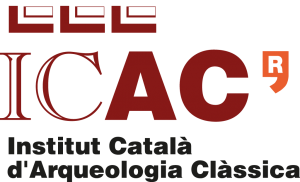THE TERRITORY
Just like the cities, the rural world obeyed the strict organisation and management of the Roman world. In Tarraco, archaeologists have been able to identify a network of parcelled grids which spread out across the territory (ager Tarraconensis). Each parcelled lot had to be awarded to members of the army so they could retired and make their homes as colonists in the region, reinforcing agricultural activities and incentivising trade. Villas, farms, bridges, signs, roads, and so on marked out this parcelled rural countryside.
VIA AUGUSTA
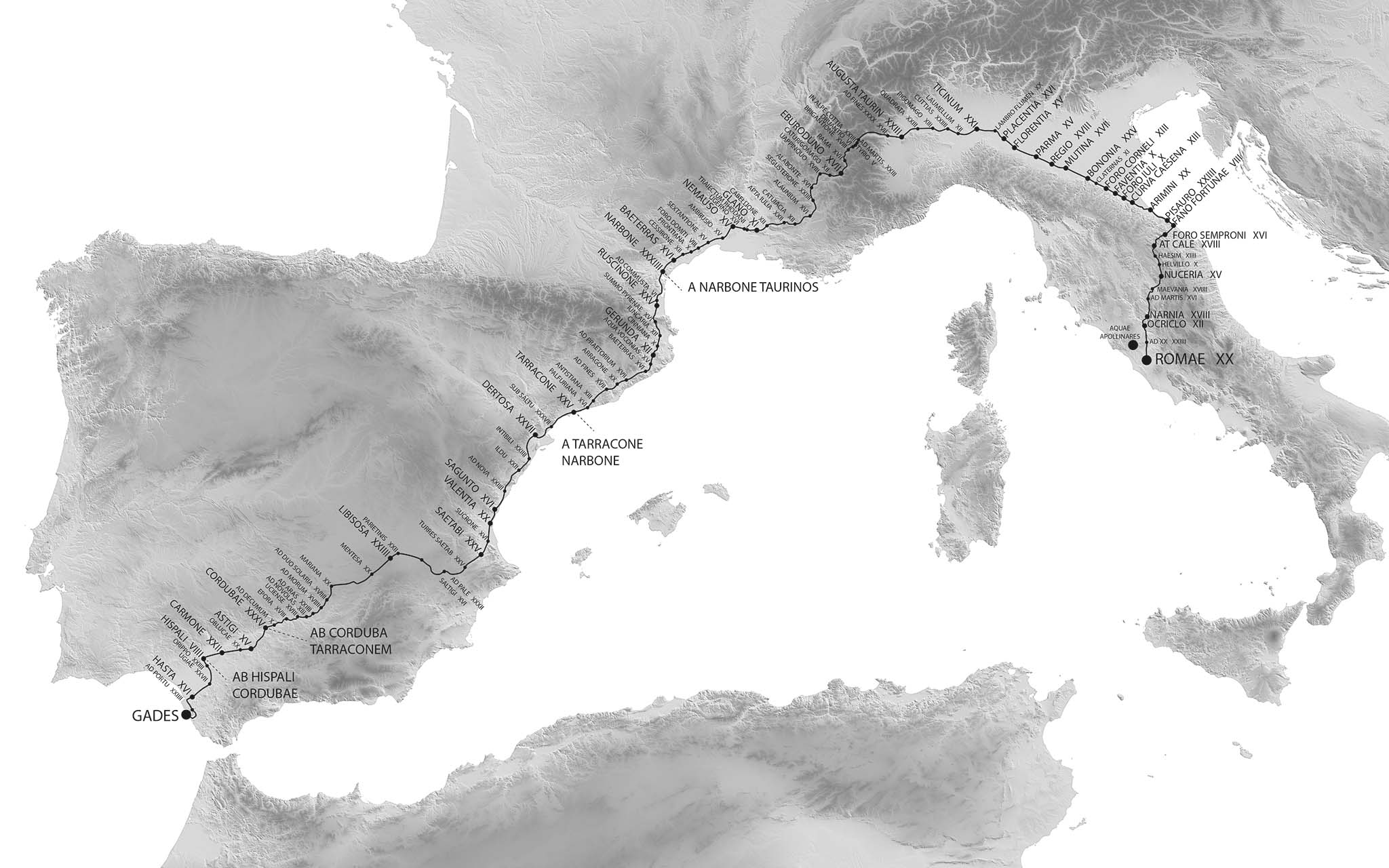
Although the saying goes that «all roads lead to Rome», we could also claim that all roads lead to Tarraco. At the crossroads of the main Western Roman road, the Via Augusta, between Cádiz and Rome, Tarraco benefited from being the epicentre of a dense network of roads in Hispania. Merchants with their goods, the army and all kinds of travellers had to pass through Tarraco, an important hub along the Via Augusta.
SCIPIO TOWER
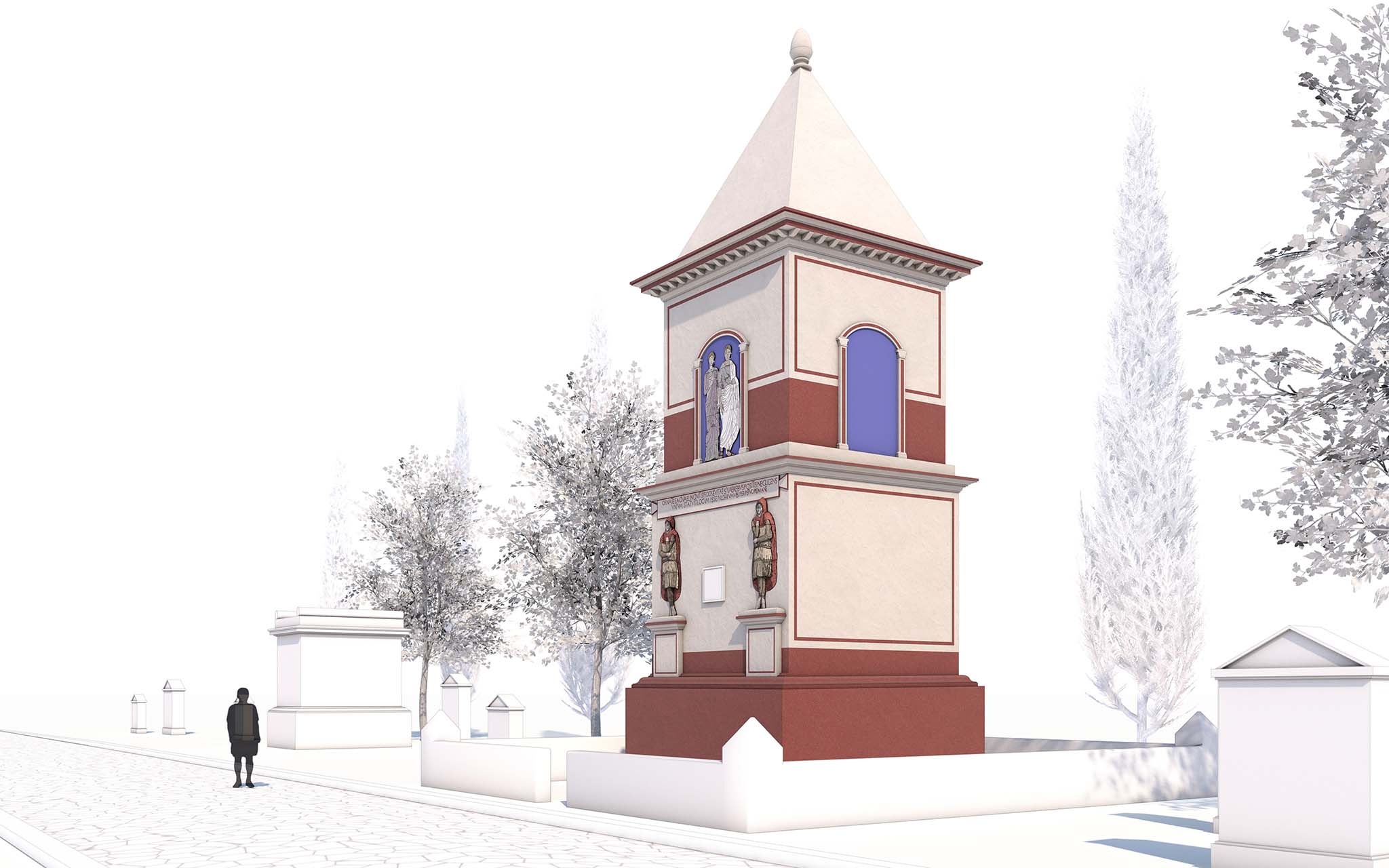
In an excellent state of conservation, the so-called Scipio Tower is in fact a monumental tower-shaped mausoleum. The structure, crowned with a pyramidal cover that was painted and decorated with reliefs still visible today, was created to house the burial of an important member of Tarraco’s society. Its location next to the Via Augusta was due to the Roman law which prohibited burials within the city limits.
ARCHO OF BERÀ
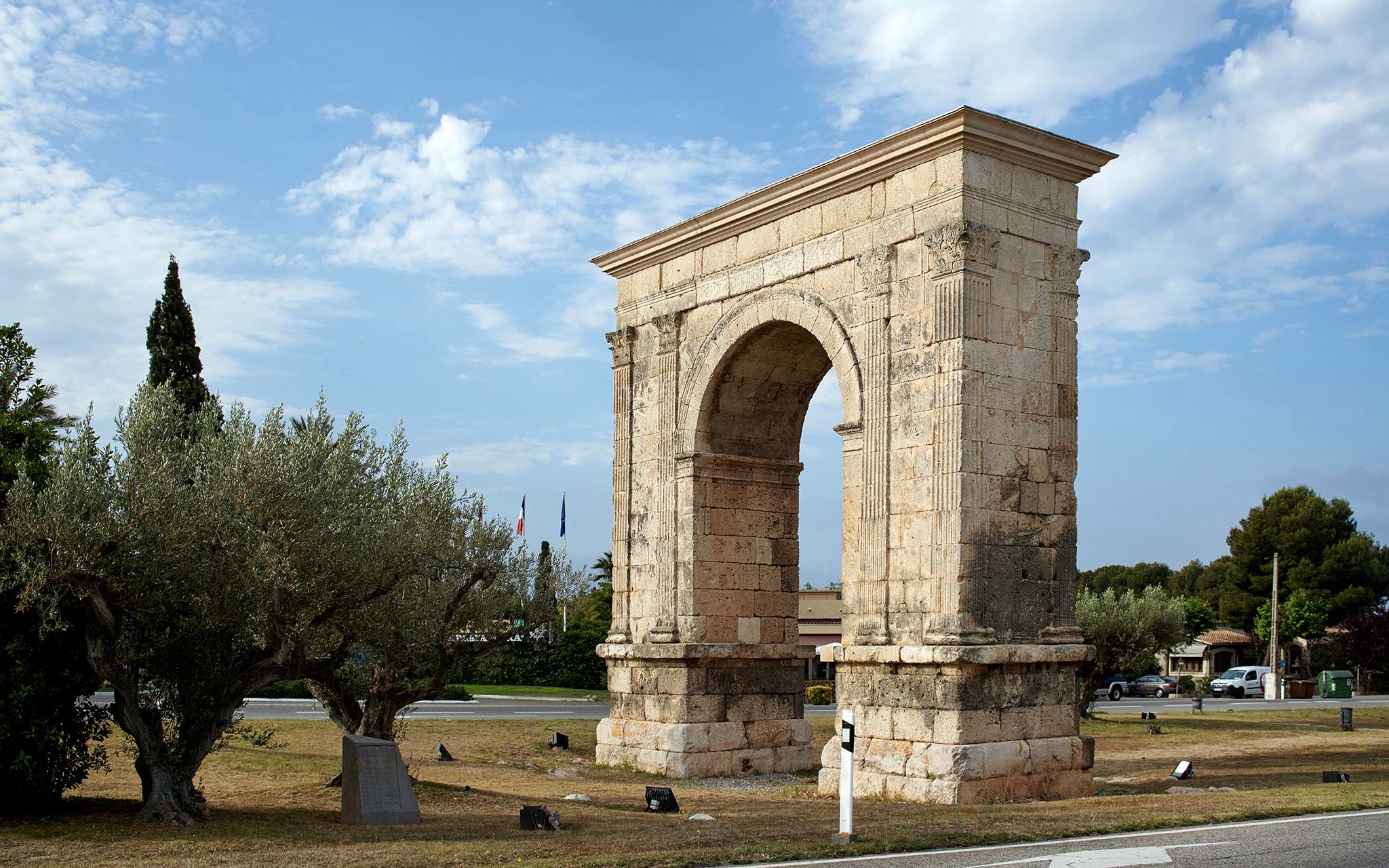
The Arch of Berà was erected to preside over the passage of the Via Augusta. The Arch of Berà is a large triumphal arch which has been reformed and transformed over time. The arch contains a laudatory inscription whose dedication makes reference to Lucius Licinius Sura, a member of Tarraco’s elite, originally from Celsa (Aragon), who relied on imperial support to build it. These types of arches had a sacred value and were built in important locations, such as the borders between two properties, or to mark the existence of a bridge or a river, etc.
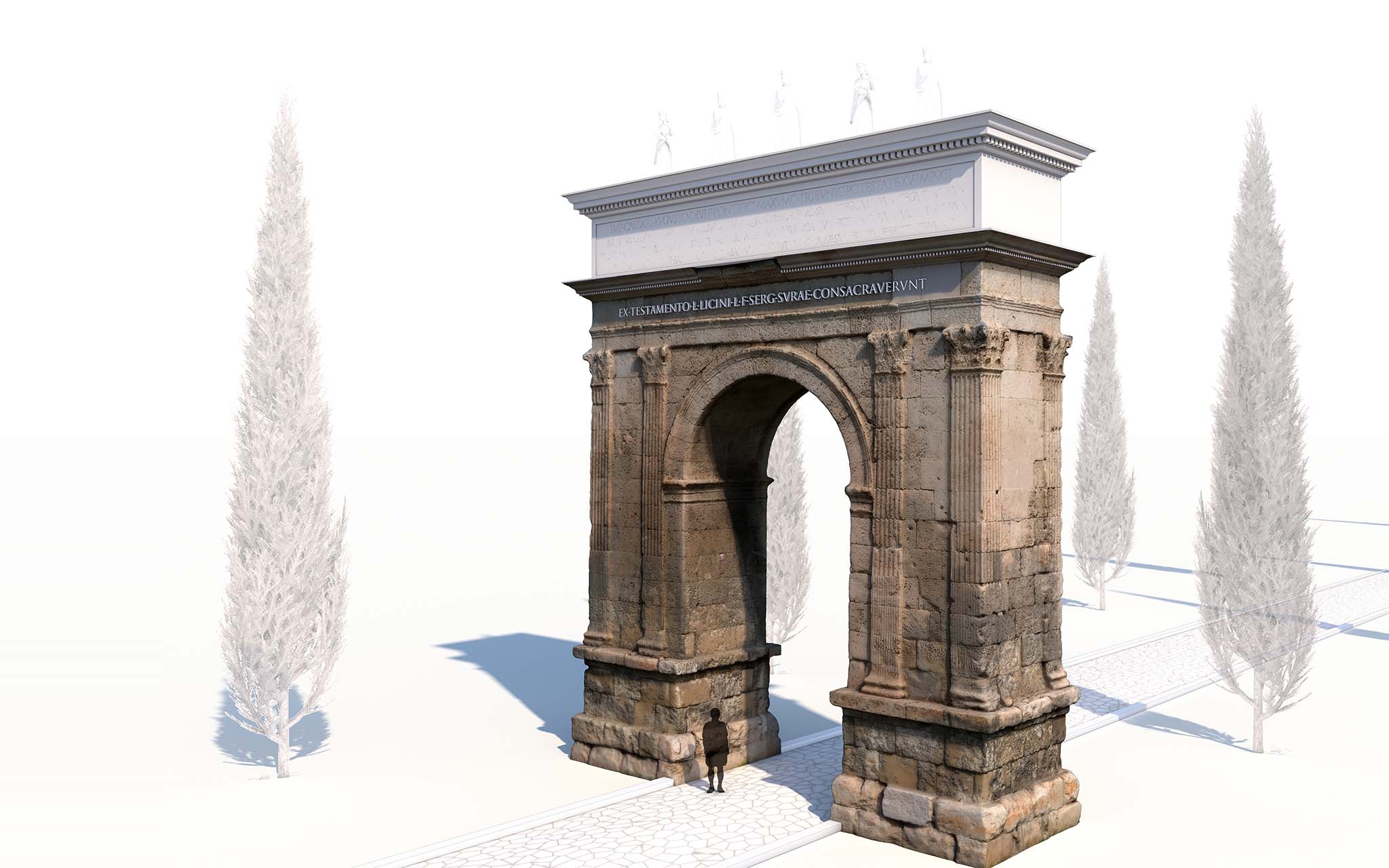
AQUEDUCT OF LES FERRERES
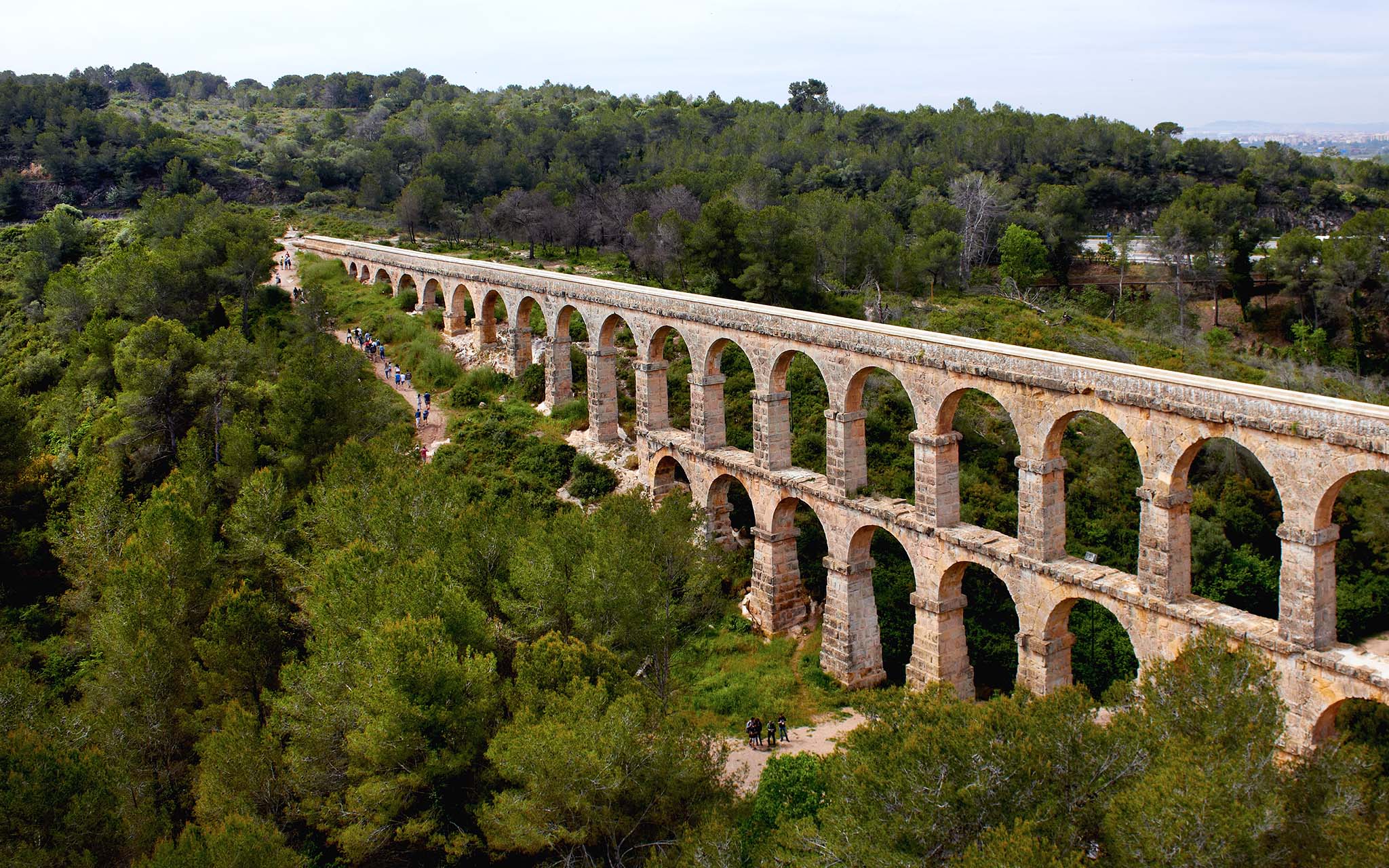
In the era of Augustus, a complex network of canals and aqueducts, which supplied the city of Tarraco with water, was built into the natural rock. The aqueduct of Ferreres, also known as the Devil’s Bridge, is one of the largest remnants of these hydraulic works. In addition to the three levels of arcades, a canal allowed water to pass to the civitas. The solidity of its construction is due to the sophisticated engineering of the Roman era.
CENTCELLES
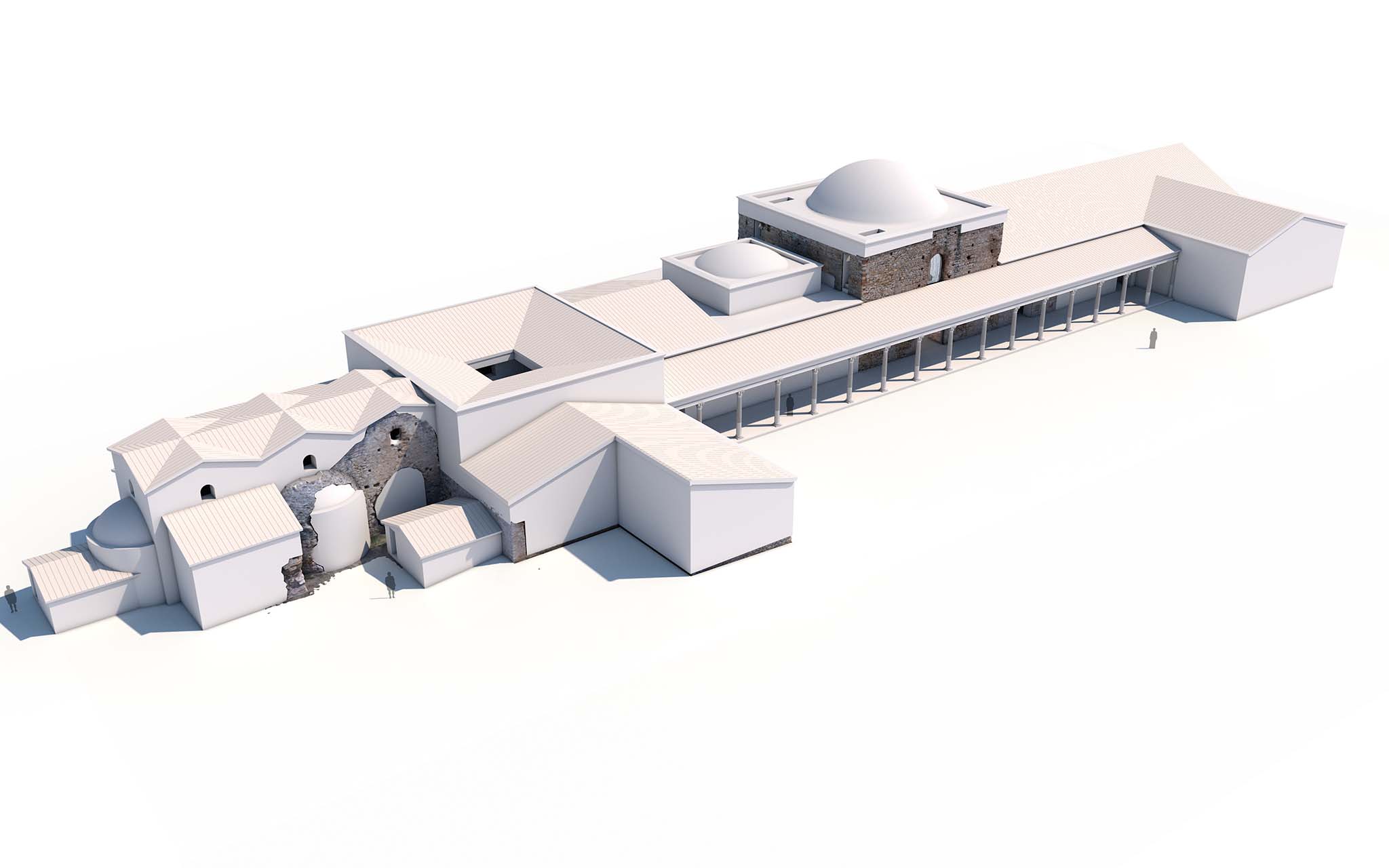
The late Roman complex of Centcelles is one of the best-preserved buildings from the last century of Roman domination in Hispania (4th Century A.D.). Its exceptional mosaic in the central dome, with complex hunting scenes interspersed with Biblical scenes, illustrates the progressive ascent of Christianity while still maintaining pagan uses and customs. The grandiose nature of its presentation rooms, banquet halls, thermal baths and various halls contrasts with the differing ascriptions that archaeologists have proposed for the site: from imperial mausoleum to courtly suburban villa, or even a military encampment.
ELS MUNTS
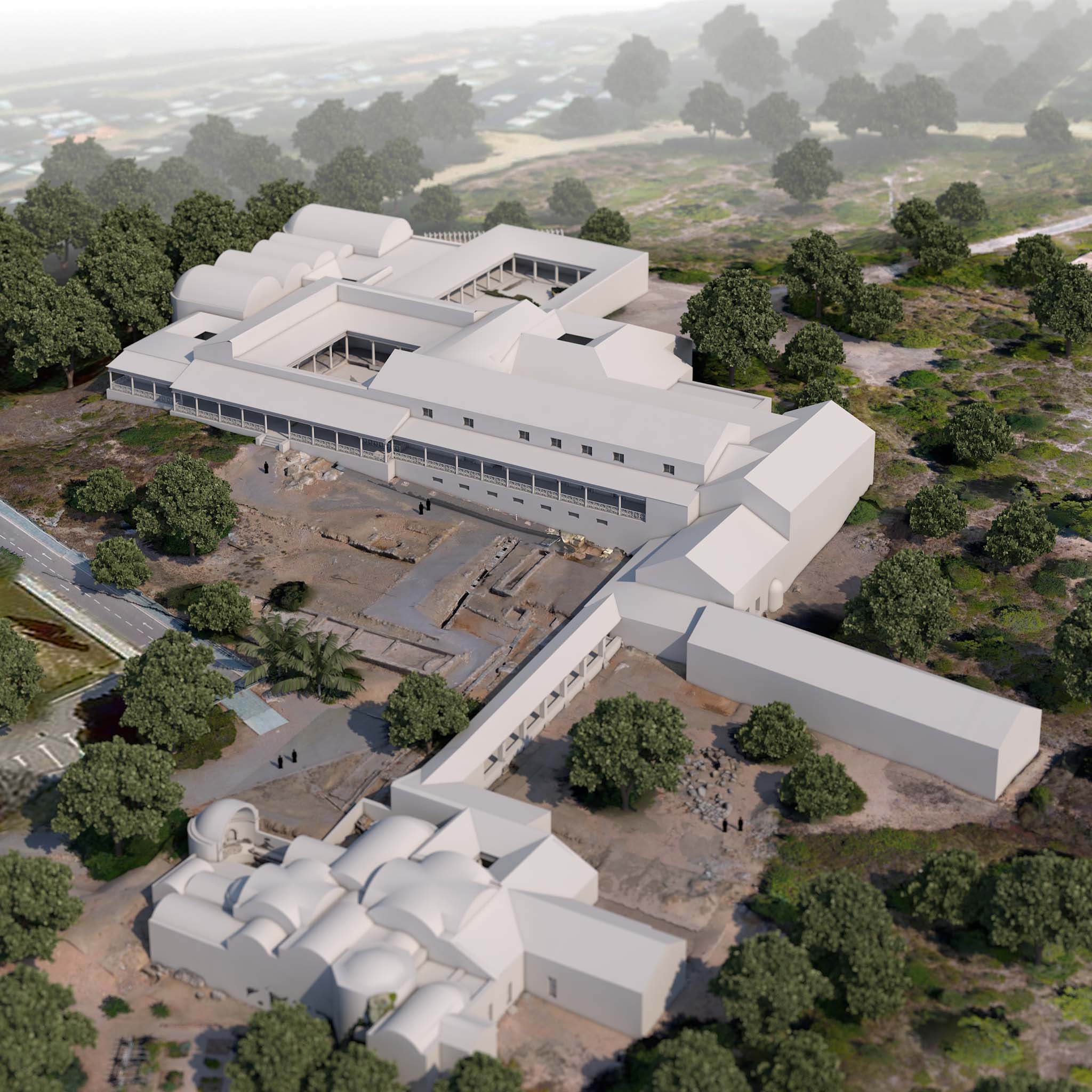
The villa of Els Munts represents the best-preserved example of an aristocratic rural residence associated with commercial spaces, such as agriculture and wine cultivation, as well as olive oil production. As its owner, Lucius Licinius Sura, was a personal friend of the Emperor Trajan, we know that the extensive villa was linked to the closest circle of the imperial consistory and housed exotic banquet halls with fountains, thermal baths, portico-lined gardens and richly decorated rooms with paintings and reliefs.


